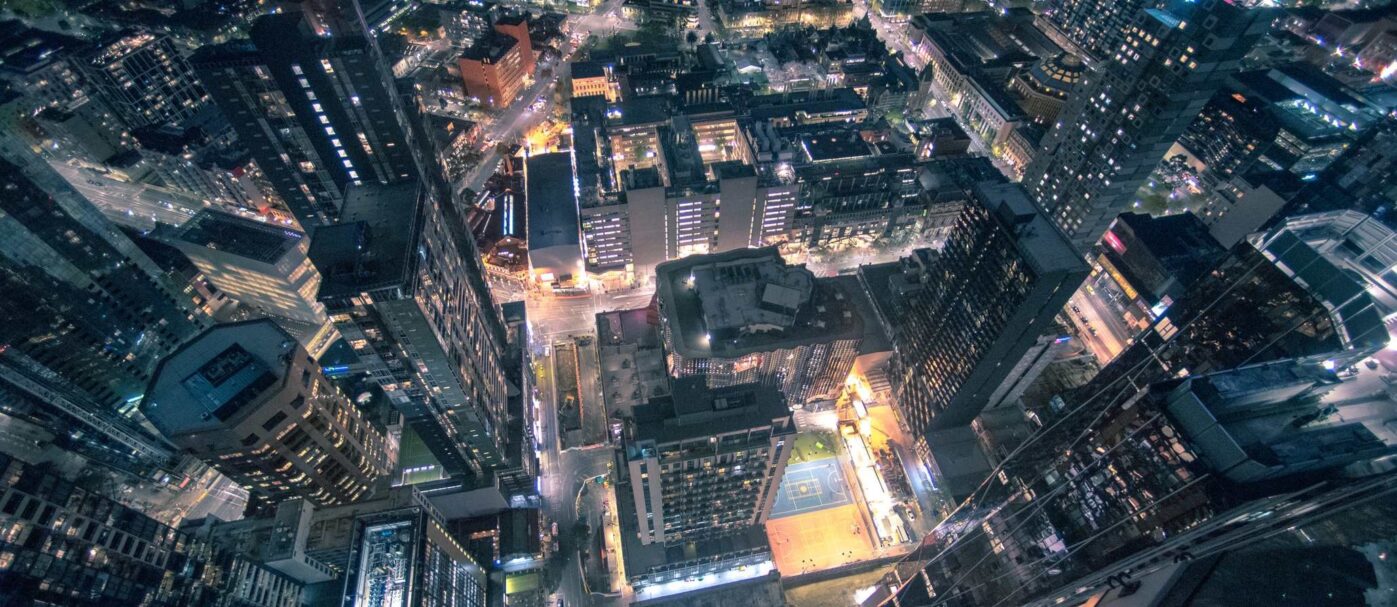How light is helping to create sustainable cities
A nuanced approach to lighting design and planning can lay the foundation for sustainable urban areas. Here’s how.
It’s not surprising that poorly designed public lighting can impact the environment – from causing light pollution and sky glow to affecting humans, plants, and animals, lighting also contributes to the high use of energy resources associated with CO2 emissions.
Moreover, public lighting comprises 19% of the world’s total electricity consumption, with street lighting accounting for one of the largest energy costs in a public budget. Clearly, energy efficiency is an essential consideration in urban light planning and in creating sustainable cities.
So, what kind of lighting can be used that minimises light pollution and its harmful effects and addresses human safety and economic growth at the same time?
Outdoor lighting is a vital tool in building sustainability, and a more nuanced approach to lighting design and planning – which takes into consideration natural and environmental concerns – can lay the foundation for sustainable urban areas.
LEDs becoming standard for sustainable cities
As a result, many systems are switching to modern lighting technology using LED, which achieves energy savings of 50-70% compared to older lighting systems. It is estimated that a global transition to energy-efficient LED outdoor lights can avoid 245 million tonnes of CO2 emissions and prevent 221 power plants from being built.
“Using LED lighting is becoming relatively standard within urban spaces with many councils undertaking a program of changing over older streetlights and public lighting to LEDs,”
says Damian Dawson, Director at Planning Chambers, a specialist town planning consultancy, and Accredited Planner.
While switching to LED streetlights can cut energy consumption, cities can go a step further and integrate LEDs with smart technology to reduce wasteful and excessive use of energy and lights. The remote management of intelligent lighting means the lights can be switched on, dimmed or switched off at appropriate times, improving public safety and energy efficiency.
But transitioning to LEDs is not as simple as it seems, with evidence showing that LED installations have worsened light pollution. One contributing factor is the excessive use of bright white LED lights, which contain a high amount of light on the blue spectrum.
This blue light pollution not only has a negative effect on our circadian rhythm and health, but also affects the biological processes of insects, birds, and animals, and exacerbates the problem of sky glow (the brightness of the night sky in a built-up area as a result of light pollution).
Improving sustainability through lighting
A possible solution to improve sustainability could be to switch to less blue-rich colour temperatures, such as warmer white LEDs, which are already being embraced in a few parts of the world.
Other solutions, such as dark sky conservation, light zoning and planning, urban greening, and establishing nightscape design standards and regulations, along with the use of smart technologies, can benefit both the environment and the humans that live in it.
“Unfortunately, sustainability does not play a role in the assessment of outdoor lighting from a development application or council point of view,” says Damian.
Ultimately, if a project is aiming for a higher level of energy or sustainability rating, this is a consideration for developers to make.





Comments (0)
Write a Comment